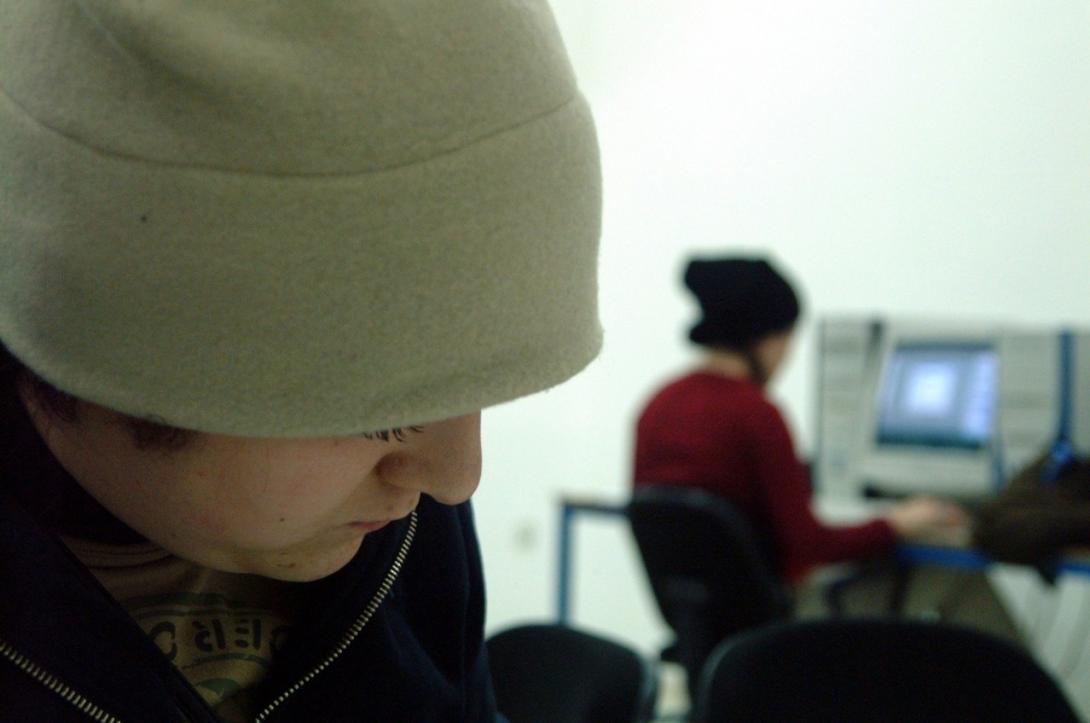
Since the early days of computers, many of us dreamed of how computers were going to revolutionize education. We didn’t know exactly how it was going to work, but we knew that the “personal” computer made it possible to individualize education. In learning, one size does not fit all, so individualized education is the “holy grail” of education! Industrialization brought us mass education, essential to building an educated workforce, but today’s workforce requires specialization and skills that are way beyond group-think.
The current popular model for e-learning essentially takes the classroom model and moves it online. That is to say, it includes lectures, usually in the form of videos, accompanied by drill and practice activities and tests. So if a student wants to learn something very specific, they have to search through the video, stopping and starting it to try to understand a concept. Adding to the challenge, if the provided table of contents is not specific enough, they can’t do a search because video, unlike text documents, does not automatically index. So if the author did not index the video with enough detail, it would take a lot of effort for a student to dig in and find exactly the content they need. They have to plod through the videos the way they have to sit through a lecture and “grin and bear it.” Is it surprising that the e-learning student dropout rate is up to 50%?
I believe that the solution to this broken model is a robot tutor that responds directly to student needs. They would help to target learning goals, and provide the rich multi-modal content needed for students to stay ahead in class. These virtual learning assistants, or AI mentors, would optimize learning by helping students to master exactly what they need to achieve their goal, thus reducing the amount of time it takes for students to learn, rather than extending the school day!
What do you think? Would you use such a robot tutor? Please add your comments.
